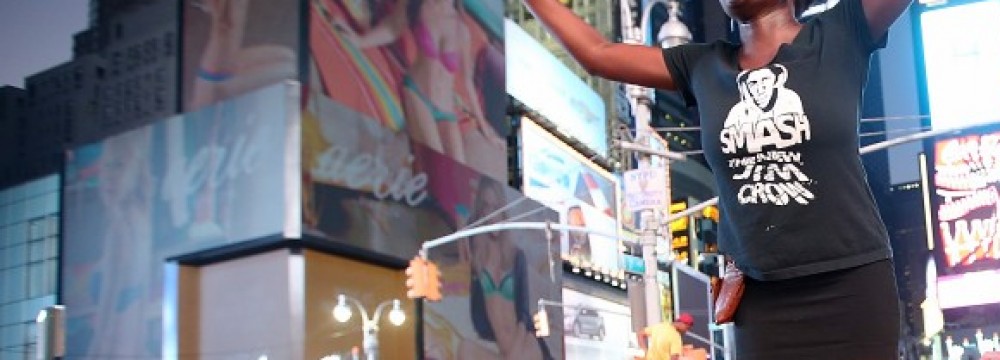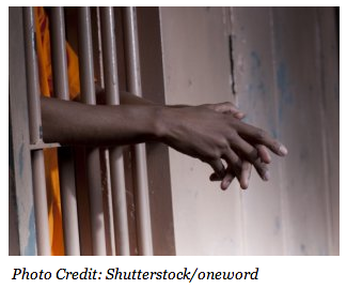Private prisons favor young healthy men–
and with racist drug laws, that means young men of color.
AlterNet / By Aaron Cantú
Young men of color are disproportionately represented within all prisons in the United States, but even more so in privately owned facilities. In Arizona, Texas and California, three states with substantial prisoner populations, minorities in private prisons are overrepresented by about 8 percent relative to public ones.
Now, doctoral candidate Christopher Petrella from U.C. Berkeley may have uncovered why: young, healthy men who do not require much in the way of expensive health services are the most low cost–and therefore the most profitable–type of inmate for prison firms to house. By extension, it is young men of color who are most favored, because drug and sentencing laws instituted around 1980 swelled the number of black and Hispanic youth ensnared in the criminal justice system.
Petrella explains why the age (and therefore health) of prisoners can act as a proxy for race:
Most prisoners over 50 today were convicted and sentenced before the operationalization of the so-called “War on Drugs,” a skein of policies that disproportionately criminalized communities of color. By implication, the vast majority of those incarcerated prior to 1980–both in real numbers and on a percentage basis–was “Non-Hispanic, white.” Contrastingly, black individuals constituted 30 percent of state prison admits in 1950…and 42 percent by 1980.
The author also found that contractional provisions secured by prison firms–especially the two largest, CCA and GEO group–exempt them “from housing certain types of individuals whose health care needs and staffing costs disproportionately attenuate profit marigins.” A 2012 ACLU study found that it costs $34,135 a year to house a non-geriatric prisoner and $68,270 for people over the age of 50.
In each of the nine states Petrella studied, non-whites were overrepresented in private prisons compared to public ones. Nationwide, this disparity is also evident in 30 out of 32 states that contract out carceral facilities to correctional firms.
In a conversation with BillMoyers.com, Petrella stressed that even policies that appear “colorblind” can produce problems that fall unevenly along racial lines: “One of the reasons I think the study’s important is that it continues to show how laws–and even contractual stipulations–that are, on the surface, race-neutral, continue to have a disproportionate and negative impact on communities of color.”
Although private prisons have been hugely profitable ventures over the last thirty years, some investors now believe that a shifting social and political climate against mass incarceration threatens the long-term revenue prospects of correctional firms. At the widely read investment analyst site Motley Fool, Bradley Seth McNew pointed to the 1.7% decline in the 2012 nationwide prison population as part of a wider trend that is reducing the number of inmates through policies like “marijuana legalization, relax[ation] of strict immigration laws, and relax[ation] of judicial punishment for nonviolent crime.”
Those changes do not arise from a want of trying on the part of prison corporations: CCA, the largest one, donated $1.9 million in political contributions from 2003 to 2012 to favorable candidates, and has spent about $17.4 million to oppose “the relaxation of enforcement efforts, leniency in conviction or parole standards and sentencing practices [and]…the decriminalizaiton of certain activities.” Last year, CCA sent a letter to 48 states offering to buy up their prisons in exchange for a 20 year managing contract in which states had to promise to keep their prisons 90 percent full.



